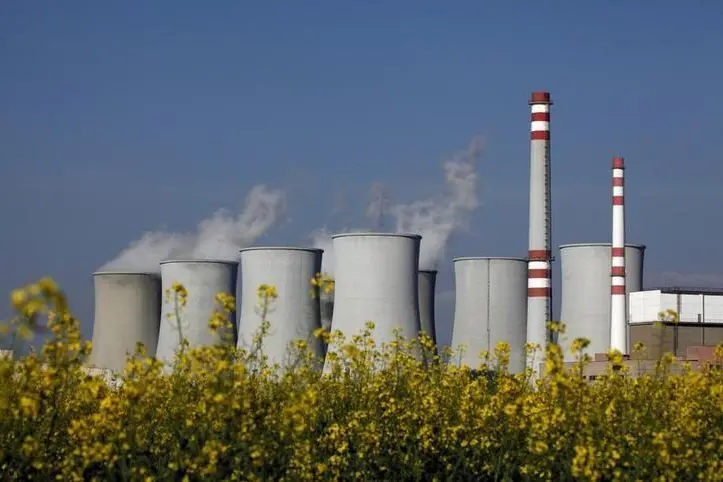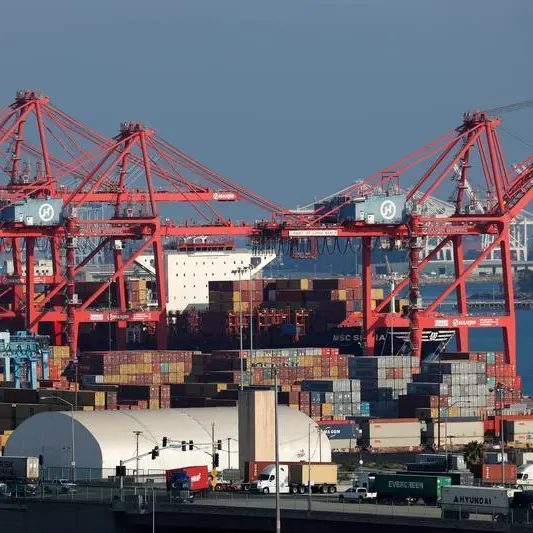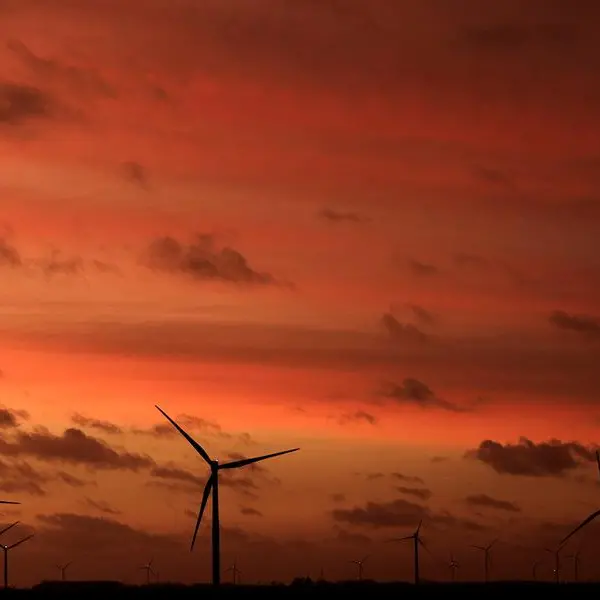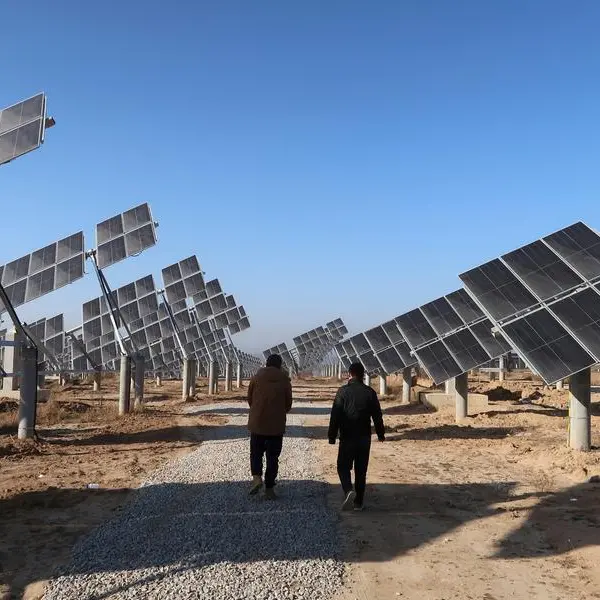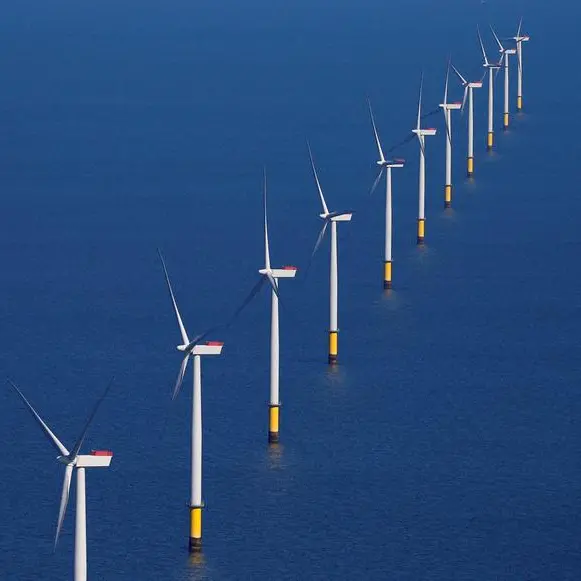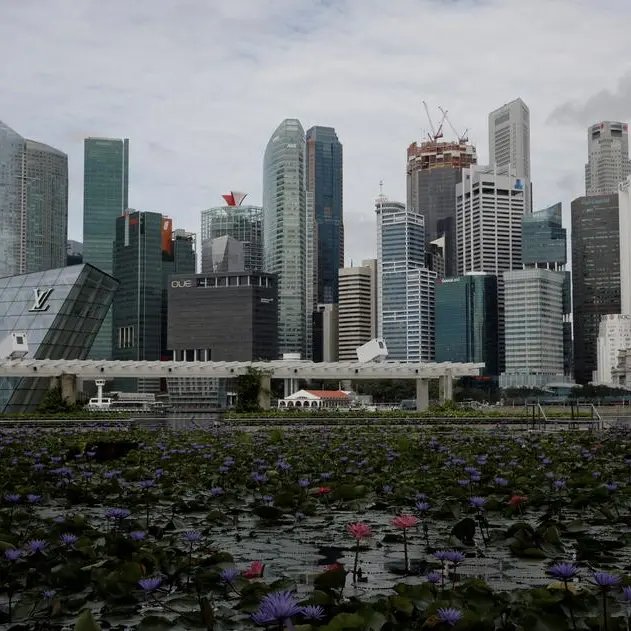PHOTO
(The opinions expressed here are those of the author, a columnist for Reuters.)
LITTLETON, Colorado - For the past half century a majority of the world's nuclear power generation capacity has been based in Western Europe and North America, with France and the United States alone accounting for nearly half of the global capacity footprint.
Going forward, 85% of prospective capacity additions lie outside those countries, with China, India, Russia and Turkey set to take up leadership roles in nuclear growth in the coming years, according to data from Global Energy Monitor (GEM).
During that same time period, most nuclear installations across Europe and North America face potential closure as they reach or surpass their design lifespans and encounter opposition to their continued use in communities intent on rapid deployment of renewable energy supplies.
These divergent trends are being fuelled by contrasting and somewhat contradictory views of nuclear power's role in the global energy mix.
In Western economies, nuclear power is commonly characterized as an outdated and potentially harmful component of a legacy energy system that requires urgent overhaul if ambitious climate targets are to be achievable by 2050.
Yet in developing markets, nuclear is gaining recognition as a potentially critical enabler of emissions reduction efforts, thanks to its ability to generate abundant baseload energy supplies with little to no harmful direct emissions.
TIMEFRAME MISMATCH
A key reason behind the contrary views is the relative age of nuclear facilities within each region.
A majority of the plants in France - which generates more electricity from nuclear power than any other country - were constructed in the 1970s and 1980s, and so in many cases are operating well beyond their intended lifespans and require ongoing and expensive patchwork maintenance.
Similarly, the most recent expansion phase for nuclear power in the United States was in the late 1980s, meaning that many of the country's youngest plants are already in their fourth decade of deployment.
In contrast, 84% of the nuclear capacity in China - the second largest nuclear generator after the United States - has been built since 2010, and so is considered more modern and efficient than many of the country's coal-fired power plants, which are much older.
READY FOR RESET
Another key timing-related consideration is how well a country's energy system can accommodate and finance a wholesale switch-out of legacy power generation systems for more modern - and greener - alternatives.
With the help of mammoth government subsidies and record levels of investments by businesses, Europe and the United States have embarked on an aggressive retooling of power generation systems designed to cap emissions before 2050 and develop corporate leaders in emissions reduction capabilities.
Russia's invasion of Ukraine in 2022 - which triggered a global surge in natural gas prices - added urgency and widespread support to the efforts, especially in Europe where consumers and businesses must quickly replace lost gas supplies pipelined from Russia with other energy sources.
Power prices have increased sharply in both regions as this retooling has gotten underway, but in Europe at least many businesses and consumers are so far prepared to share that burden and to aid the transition away from fossil fuels.
In Asia, which is home to a majority of the world's manufacturing capacity for cars, electronics, fuels, metals and finished goods, there is less preparedness to disrupt power sector infrastructure that is essential to sustain the region's fast-growing economies and generate jobs.
However, there is support for reducing emissions from industry, transport and the power sector, as the region's pollution totals are among the highest globally, and many developing economies bear the brunt of the worst effects of climate change.
As a result, nuclear power is looked upon as a viable alternative to fossil fuels for baseload energy generation, which can be complemented with growing volumes of intermittent renewable power planned across Asia and other regions in the decades ahead.
China, by far the world's most aggressive renewable energy deployer, is also leading the charge in terms of planned expansions to nuclear power.
The country is expected to account for 44% of the prospective total increases in nuclear capacity, which would see it handily leapfrog the United States as the global nuclear leader.
India slots in at second place, with 12% of planned capacity additions, data from GEM shows.
Turkey, Poland, Nigeria and Egypt are also on the GEM leader board for proposed expansions, highlighting the global scope of interest in nuclear power even as the current leaders in Europe and North America gear up to dismantle their own reactor fleets.
This suggests that while nuclear power may be considered outdated in the West, the technology seems set to have a bright future across other regions where energy demand continues to grow faster than the local ability to cap harmful emissions.
(Reporting By Gavin Maguire; Editing by Jamie Freed)
